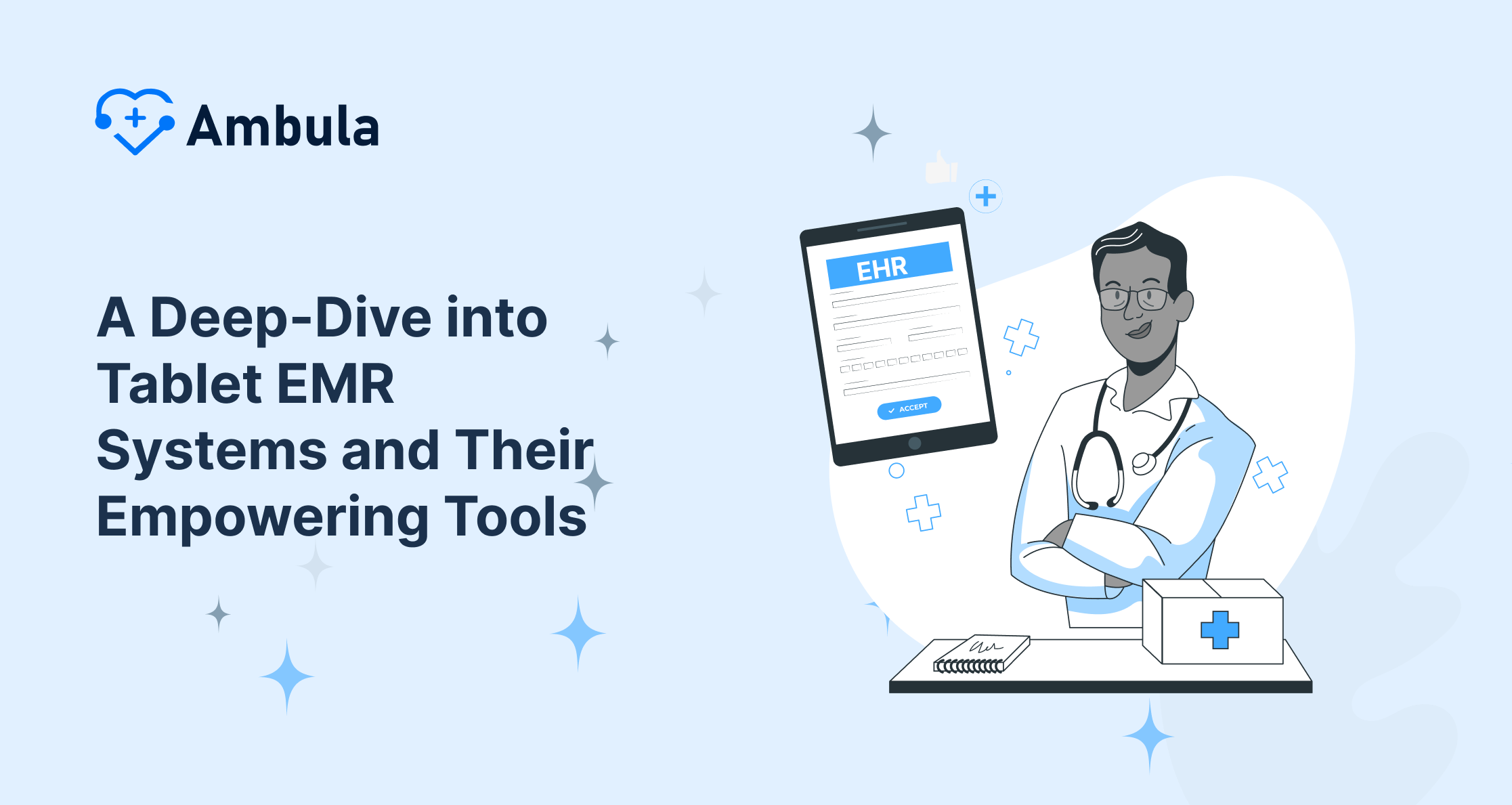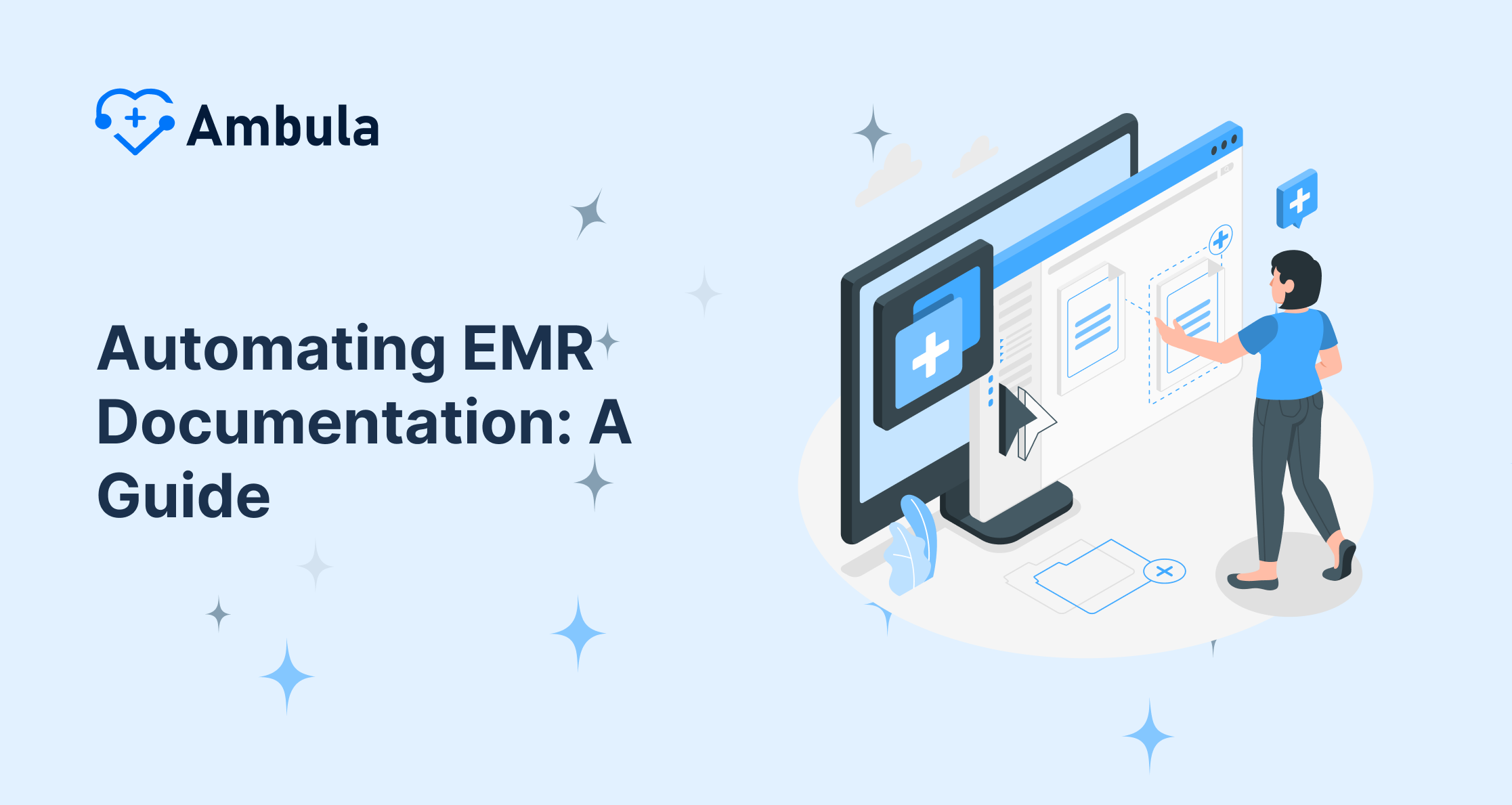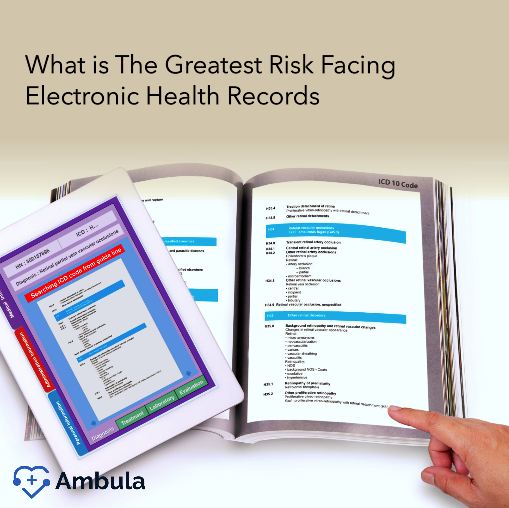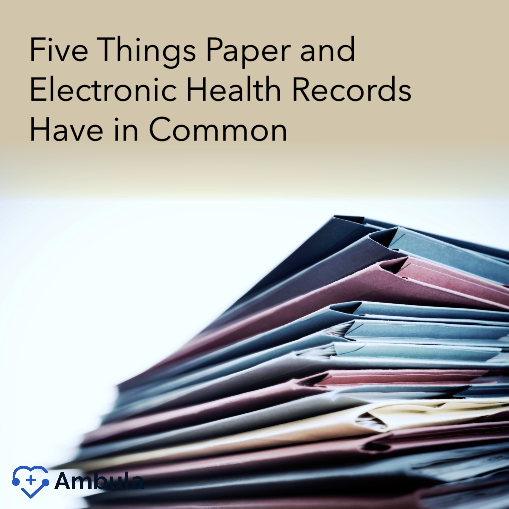Topics:
- How EMRs are Meaningful Use
- EMR Meaningful Use Criteria
- EMR Meaningful Use Requirements
- Other aspects to consider
- Additional EMR meaningful use requirements
- What is the difference between EMR and EHRs?
Studying how EMRs are utilized for meaningful use starts with providers. The providers who are interested in procuring incentive compensation for the CMS EHR Incentive Programs.
These need a validated EMR to reach meaningful use requirements. However, selecting an EMR isn’t related to it being certified.
In fact, you have to pick a meaningful use EMR that is practical and includes all the features you need to operate your medical center. Fortunately, utilizing an EMR allows tracking success! This will help in reaching meaningful use while being tailored for your practice or specialty.
EMR Meaningful Use Criteria
Understanding EMR meaningful use criteria is the first step to achieving eligibility to participate in EMR programs. Orderly, the stages of EMR and meaningful use include:
Stage 1: Data sharing and capture
Stage 2: Developed clinical processes
Stage 3: Better outcomes
EMR Meaningful Use Requirements
EMR meaningful use requirements result in the best outcome possible for the practice. To explain meaningful use as it applies to EMR, we will name the requirements:
Computerized physician order entry: good EMR meaningful use implies clinical decision support to the doctor’s order entry. To check the medical history of the patient, or to perform trending, they need to ask the following:
1- Are the searches resulting in clinical information useful for a patient’s treatment?
2- Is it possible to perform several searches at the same time?
3- Can the doctor research clinical charts, demographic information, drug usage, ICD and CPT codes, and others?
4- Is finding the demanded information easy regarding the entered parameters?
5- Could the doctor save the inquiries for future usage?
meaningful use EMRs are able to track contraindications including:
- Previous adverse reactions
- Duplication therapy
- Drug to allergies contraindications
- Drug to lactation
- Drug to pregnancy
- Drug to drug
As a physician, you should ask the following to ensure the EMR supports the drug formulary checks:
1- Does the drug formulary database include the practice’s major payers?
2- What is the interval of time for the formulary database updates?
3- To what degree is the formulary tool within EMR usage easy?
Check out these articles after you’re done
Other aspects to consider
Other aspects to consider when it comes to EMR meaningful use requirements include:
Firstly, the E-prescribing tool also known as electronic prescribing: is a major service the meaningful use design revolves around. During the selection phase, the physician should be aware of the following:
1- These tools must allow the physician to manage and track the patient’s prescriptions. This is in addition to the writing of the prescription.
2- They should let the physician renew, authorize and discontinue the patient prescriptions.
3- Encryption standards for e-prescription delivery secure the e-prescribing tool
4- The tool obviously should meet the needs of the physician.
Secondly, the active allergy and medication list: clarity, straightforwardness, and meticulousness are key to these. Accessing the active allergy and medication list should be easy. EMR must contain the data a physician needs.
Thirdly, patient record demographics: is a group of fields containing data about the patients. These include name, address, age, sex, date of birth, and others.
Fourthly, maintaining an updated problem list of current and active diagnoses that are certified: certified EMRs involve lists for problems and clinical disease. Evidently, these should be able for updates.
Fifthly, incorporate clinical lab-test results: meaningful use EMRs should enable importing and entry of lab-test results.
Additional EMR meaningful use requirements
However, additional EMR meaningful use requirements don’t stop here. Check out this list of other requirements:
1- Clinical summaries for every visit
2- Record smoking status for patients 13 years old and above
3- Chart and record changes in vital signs
4- Generation of patients lists by specific conditions
5- Reporting ambulatory quality measures
6- Sending reminders to patients with follow up
7- Implementing 5 clinical decision assistance rules
8- Checking eligibility for insurance
9- Submitting claims electronically
10- Granting patient access to the clinical information
11- Securing the flexibility of major clinical information
12- Providing a summary care record for referrals and transitions
13- Allowing the submission of electronic data on immunizations
14- Giving electronic syndromic surveillance information to the agencies of public health
15- Ensuring security and privacy
What is the difference between EMR and EHRs?
It’s useful to tell What is the difference between EMR and EHRs? An EMR is the digital version of the chart of a patient. This version includes the treatment and medical history of the patient from one practice only. It is impossible normally to share this version across the healthcare system.
On the other hand, EHRs involve patients’ data from several doctors. This helps provide a holistic approach to the patient’s health. In short, EHRs include test results, history of present illness, demographics, medical history, and meds.
To sum up
To sum up, EMRs require a lot of criteria to become meaningful use. We’ve gone through the conditions that make EMRs certified in detail. Additionally, we explained the difference between EMRs and EHRs.
Finally, If you need to access more detailed data regarding this subject, you can always reach out to Ambula Healthcare team at (8056) 558-2418





